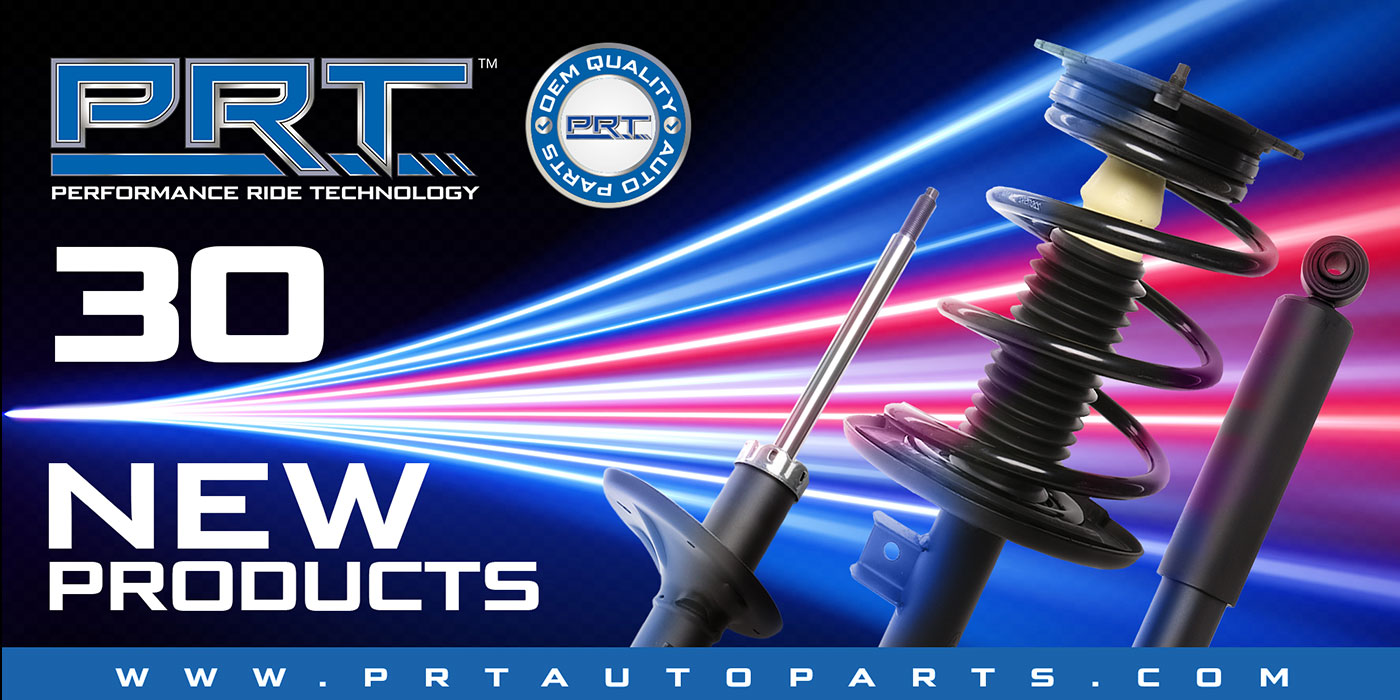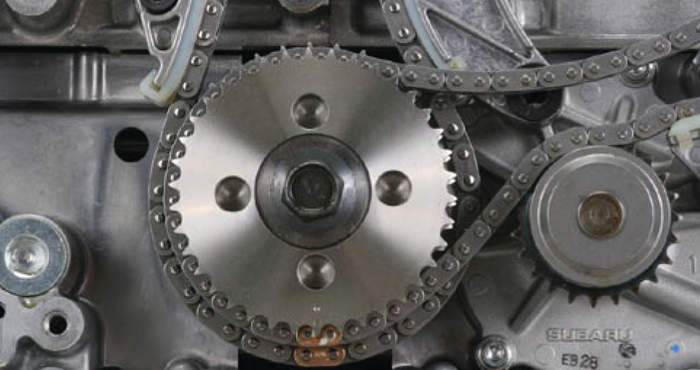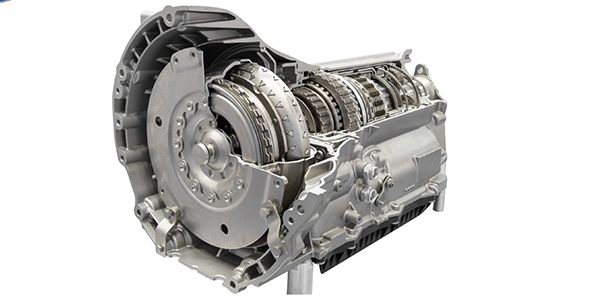PRT is the first to market choice for complete strut assemblies for one of the best selling vehicles on the national scene, on the 2019 and newer Nissan Altima. Before ordering PRT strut assemblies, make note of the trim level of the Altima. The trim level is typically on the trunk. Let’s get started.
Remove the bracket that holds the brake hose to the knuckle. Remove the wheel speed sensor from the knuckle. Remove the wheel speed sensor wiring harness from the brackets on the strut. Remove the caliper and bracket. Hang the assembly in the wheel well. Remove the brake rotor. Unstake and remove axle nut. Push the axle back to free it from the splines. Remove the nut that holds the sway bar link to the strut. The back of the stud has wrench flats to prevent it from turning. Remove the pinch bolt that holds the strut in the knuckle. Remove the pinch bolt that secures the lower ball joint to the knuckle. Remove the tie rod.
Next, remove the three bolts that secure the upper strut mount to the vehicle. To remove the strut, pull down on a lower control arm to pull the stud of the ball joint from the bore. On some Altimas, you might have to remove the front bolt of the lower control arm and slide it out of the pocket in the subframe to create enough clearance to remove the strut and knuckle together. Insert a flat chisel in the groove and remove the knuckle from the old strut. The PRT replacement strut matches the original unit for fit, form, and function. The unit use a spring that matches the application and trim level, so the right height is not altered. This is critical for the lane departure camera and forward sensing radar systems. Attach the knuckle to the new strut. Maneuver the strut and knuckle into the wheel well. Attach the upper strut mount bolts.
Insert the axle shaft into the knuckle and slide the ball joint into the bore at the bottom of the knuckle. You can now push the control arm back into place and install the bolt. Install the pinch bolts for the strut and ball joint. Next, install the tie rod end and the sway bar link. Install the wheel speed sensor into the knuckle and attach the harness into the bracket on the strut. Install the brake rotor and caliper. Attach the brake hose bracket. Tighten the axle nut to 135 foot pounds. Tighten the tie rod end to 25 foot pounds. Tighten the strut pinch bolt to 66 foot pounds. The caliper bracket has a torque specification of 107 foot pounds. The pinch bolt for the lower ball joint needs to be tightened to 72 foot pounds. Upper strut mount bolts only need 26 foot pounds. The sway bar link has a 63 foot pound spec.
Align the vehicle and reset the steering angle sensor. The ADAS system will not typically need calibration after strut replacement. PRT, or performance ride technology, shares its heritage with one of the largest manufacturers of shocks, struts, and complete strut assemblies in the world. PRT products are produced and tested under the strictest OE quality processes required by leading automakers in five modern and fully automated plants using the latest technology available. With more than 27 years of expertise in ride control and suspension product manufacturing, conducting business in more than 67 countries worldwide with a strong presence in OE and OES developments, PRT is a leading presence in the global aftermarket business. Quality, complete coverage, advanced features, and built in profit potential for customers are synonymous with PRT. Performance ride technology is in our DNA.
This video is sponsored by PRT.













